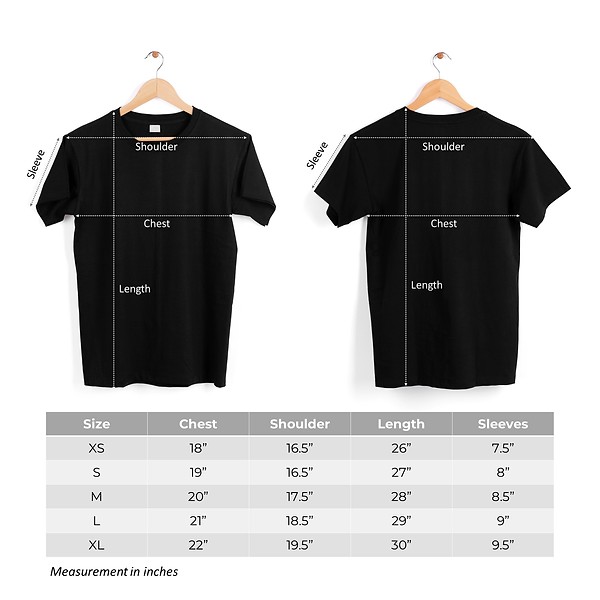Foot Ailments in Running
If you find that you are suffering from blisters you should make a few checks on your footwear:
Shoes – are they big enough? You should have approximately a thumb width between your longest toe and the end of the shoe. Your foot will expand as it strikes the ground and so, unless the shoe has been designed to expand with it, you will need to allow for this. Don’t be surprised if you go up a shoe size or two in running shoes. You should also check that you have enough room in the toe box or at the front of the shoe, especially if your foot is wide, which brings us to the width. Running shoes are built on different lasts – standard and wide – so if you have a wide foot make sure you find a shoe that is built on a wide end.
Socks – Your sock should wick the moisture away from your foot to keep it dry. There are some socks on the market that have a double layer. The idea is that the layers will rub on each other rather than on your skin but you should make sure the layers are sitting flat against each other after they have been through the wash and are not ‘bunched up’ or this could cause a blister!
Vaseline – It may be useful to apply Vaseline to any of the injured areas.
If a blister occurs you have to decide whether or not to drain it. If it is only a small blister it is probably best left alone but if it is large and is going to cause discomfort on your next run you may want to drain it. To do this you need to use a sterile needle or pin: Pierce the blister on both sides being careful that you don’t drive the needle in too far to touch your skin and then push the fluid out. Once you have ‘popped’ it you need to keep it dry and clean. You could wear ‘flip-flops’ inside to let the air get to it and make sure you put clean socks on if you need to go outside.
If a blister becomes infected you should go to the doctor. An infected blister will have pus coming out of it and the skin will be red and hot around it.
Callouses
Callouses are common on runners’ feet. They often occur if the foot biomechanics are less than perfect and many over-pronators find they have callouses towards the inside of the forefoot. Callouses are essentially hard blisters and a callous may even prevent a blister from occurring in that area, although it is possible to get a blister underneath a callous. Some runners have found removal to be beneficial so you may want to get it removed unless you think it may be doing a job of protecting you from further blisters or if you think it would just come straight back. Some runners have found removal to be beneficial.
Athlete’s Foot
Athlete’s foot is a fungal infection that normally occurs on the bottom of the foot or between the toes. It will feel itchy and could be red in color, scaly, and peeling. To avoid athlete’s foot you should try to keep your feet dry and change your socks and shoes regularly. If it occurs you can treat it with a spray or cream from the chemist.
Black Toe Nails
Black toenails are normally caused by the toes banging on the end of the shoe. Again, this can be because there is not enough room between the end of the longest toe and the end of the shoe. Running downhill can increase the chance of this occurring and can cause it even when there is a space at the front of the shoe. Experiment with tying the shoe laces in a way that will hold your foot around the middle by utilizing the two small, top lace holes.



